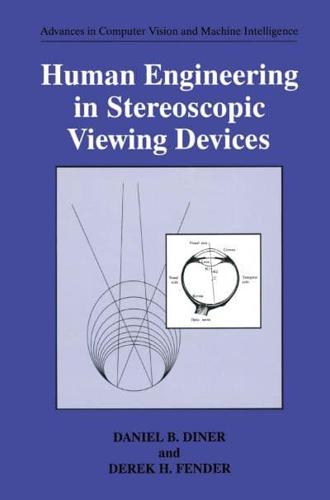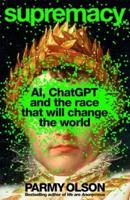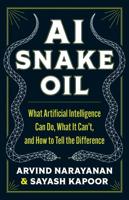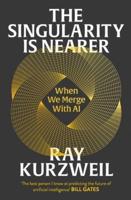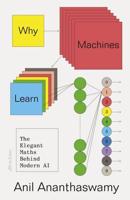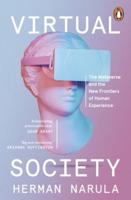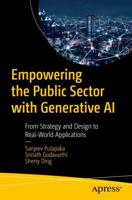Publisher's Synopsis
This book gathers together information concerning the interaction of hu- man stereopsis with various stereoscopic viewing devices, especially those used in teleoperator systems. The book is not concerned with machine vi- sion systems. In these systems, data analogous to human binocular visual information is gathered and analyzed by some device for use in decision making or control, often without the intervention of a human. This subject presents problems of considerable complexity; it has generated many inge- nious solutions and has been the inspiration of much work of fundamental importance. But the problems are quite different from those encountered in the design of systems intended to exploit human stereopsis, and there is surprisingly little cross-fertilization between the two fields. 1. 1. SCOPE AND STRUCTURE OF THIS BOOK The book surveys the known properties of the human unaided binocu- lar system, and where possible gives the magnitude of parameters that are of use in designing technical systems involving a human operator. Chapter 2 summarizes the human stereoscopic vision literature including the depth distortions of unaided stereoscopic viewing. Chapter 3 describes a variety of 3-D image viewing techniques and deals with the performance limits of human stereopsis assisted by simple stereoscopic viewing devices. Chapter 4 extends this treatment to television binocular viewing devices, and shows 1 2 Chapter 1 that the nature of the depth distortion is changed. Chapter 5 analyzes the geometry of single camera stereoscopic systems, and discusses the advan- tages and disadvantages of such systems.
